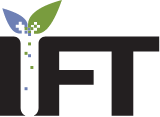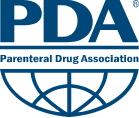延长保质期:农产品运输的乙烯吸收包装策略
历史上,为了应对可能出现的食物短缺,人们发明了各种包装技术,如使用玻璃、木桶和罐头来保护并运输食物。19世纪末纸箱的发明,以及1920年代和1930年代塑料和聚乙烯的发明和发现,开启了保护和运输食品的新时代。不断寻找新技术以延长食品保存期并运输食品的努力,已经从我们只消费附近可得的食物,转变为如今我们可以全年在任何街区市场购买到季节性或异国情调的食品。食品种植者、包装商、分销商和零售商每天都面临着如何高效保存我们的食品资源并最小化损失的挑战。
运输农产品的问题 延长保质期,即食品能够存储并保持适合食用的时间,是当前农产品种植者和处理商最关心的问题,尤其是在今天不断变化的食品供应行业中。如今延长保质期的主要原因之一是,食品运输的距离比以往任何时候都更长。这是由于进口和出口的显著增加、供应商数量减少而供应商规模增大、以及区域分销中心的普及所致,许多超市商品都通过这些中心进行分发。随着食品分销链条的延长,食品必须运输更远。食品分销链条从过去简单的种植者到消费者,发展为更复杂、耗时的种植者到分销商,再到零售商,最终到消费者。如今,消费者能够购买到季节性农产品,这些农产品根据地理位置不同具有不同的高峰季节。我们不再仅限于某一固定的生长季节,而是可以全年从多个地区购买季节性农产品。这也导致了运输时间的延长。另一个重要因素是与农产品损耗或腐烂相关的成本。根据《农产品营销协会》的数据,美国全国零售市场的农产品损耗平均为六个百分点。考虑到美国约有三万个零售店,意味着约21亿美元的损失。这个货币损失,加上食品运输时间的延长,正是各大食品处理机构考虑采用延长保质期新技术的动力。
影响农产品保质期的因素包括不当的处理、湿度不足、温度波动和乙烯暴露。以下是对乙烯暴露的解释,乙烯如何影响农产品,处理乙烯暴露时面临的挑战,食品处理商历史上如何应对这一问题,以及如今包装领域的新技术来应对这一问题。
乙烯暴露 乙烯是一种由植物产生的激素,以无色无味的气体形式释放,植物用它来调节自身的生长、开花和衰老。大多数水果和蔬菜也依赖乙烯来成熟。植物细胞的损伤以及自然老化过程会导致植物乙烯生产增加。这是一个日益严重的循环,因为更多的乙烯会加速腐烂的过程。乙烯是使未成熟的农产品转化为可食用、可销售水果的催化剂。但它也会加速成熟和老化,导致收缩并造成无法销售的腐烂损失。
乙烯刺激植物功能的不同方面。它增加细胞呼吸,从而增加代谢率。收获后的农产品会因为呼吸增加而缩短保质期。乙烯还导致植物细胞失水,导致脱水、干枯和皱缩。它还减少了许多有益的营养成分,如维生素C,并导致植物叶片和花朵的掉落,叶子和果皮的发黄和斑点,以及发芽(如洋葱等)。它还改变了水果和蔬菜的味道和香气。
对于农产品行业来说,乙烯气体最具破坏性的影响之一是它刺激植物细胞增加乙烯的生产,这加速了与成熟、衰老和腐烂相关的所有不良影响,从而缩短了运输、储存和销售的时间窗口。在运输过程中,如果农产品经历了较长时间的运输,可能会到达时出现损坏和无法销售的情况。这对食品处理商来说是一个日益严重的问题,尤其是在食品分销链条延长且腐烂成本上升的情况下。
历史上的解决办法 过去,食品种植者和处理商在运输过程中处理食品腐烂和乙烯暴露的问题时,通常是接受一定比例的腐烂现象,花费更多的钱进行加急运输,或者使用冷藏来延缓腐烂过程。在这些方法中,只有冷藏能够有效地延缓收获后的腐烂,但即使在冷藏条件下,农产品仍然会释放乙烯并继续腐烂。事实上,根据地中海农业先进研究中心的报告,一些植物(如黄瓜)在冷温下反而会诱发乙烯的生产。报告进一步指出,温度引起的乙烯生产变化对植物发育有很大的影响,例如某些类型的梨需要冷温才能成熟。另一份来自加利福尼亚大学戴维斯分校的报告(这是美国顶尖的研究型大学之一)记录了猕猴桃只需要极少的乙烯浓度就能启动果肉的软化过程。因此,尽管冷藏在一定程度上有效地抑制乙烯生产,但它并没有完全解决这一挑战。
新包装策略 为了解决延长运输保质期的挑战,开发了新的包装策略。修改气氛包装(MAP)是一项常见的技术,旨在通过改变农产品周围的气氛来延缓腐烂过程。
修改气氛有不同的类型。一种方法是将氧气、二氧化碳和氮气注入到托盘封面或容器中,从而修改水果和蔬菜周围的空气。这种气体混合物或气体冲洗系统要求先排出产品周围的空气,然后再插入所需的气体混合物。所使用的氧气、二氧化碳和氮气的精确浓度取决于运输的食品或农产品类型。该混合物取决于产品、包装材料和存储温度。气体必须插入密封的封闭空间中。
另一种方法是将添加剂直接加入到用于覆盖托盘或衬垫包装盒的塑料薄膜中。PrimePro EAP® 或乙烯吸附包装是一项属于这一类修改气氛包装方法的新技术。
乙烯吸附包装 PrimePro EAP® 托盘封面是聚乙烯塑料封面,能够覆盖整个水果和蔬菜托盘。这种塑料薄膜包含一种专有的添加剂,可以去除新鲜农产品周围空气中的乙烯,从而减缓成熟和腐烂的过程。封面由透气性塑料制成,允许包装内外气体的正常交换。这也有效防止了水果和蔬菜上厌氧细菌的生长。去除乙烯,并结合低温条件,显著延长了水果和蔬菜的保质期。
使用PrimePro EAP® 托盘封面能够确保农产品以最佳质量到达。这包括最佳的外观、口感和质地,并确保农产品没有受到污染。该封面还减少了水分流失。延长的保质期也使得种植者可以使用更具成本效益的运输方式,例如卡车运输,而不是空运。此外,卖家可以在市场状况更有利时,保持产品更长时间。
PrimePro EAP® 托盘封面比使用气体混合或气体冲洗的MAP系统更加经济。封面安装非常快速,只需要一两名员工即可完成,而气体MAP系统通常需要多个员工进行封装、密封并注入气体。PrimePro EAP® 封面几秒钟内即可安装,不需要密封托盘底部的封口,也无需额外的成本和设备来使用气体添加剂。另一个关键好处是,货运商可以使用PrimePro覆盖的托盘运输货物,并在途中的多个停靠点交付单独的商品,而不必担心打破气体包装系统中的密封。这个功能允许货运商在不中断托盘封面的效果的情况下,运送托盘上的单个箱子。该薄膜还含有抗雾添加剂,减少包装内凝结水分的积累。过多的水分会导致腐烂,因此这一特性对于延长保质期至关重要。
结论 在面临保存产品和减少损失的日常挑战下,种植者、包装商、运输商和零售商现在有了新的包装选择,可以显著延长保质期。修改气氛包装技术有助于食品处理商保持竞争力,减少腐烂,并确保每次运输都提供一致的高质量产品。具有乙烯吸附技术的低成本托盘封面通过减少运输和存储过程中乙烯的含量,保护农产品的质量。该技术能够在无需昂贵的气体或设备的情况下保护产品质量。
参考文献
I. T. Agar, R. Massantini, B. Hess-Pierce 和 A. A. Kade (1999)。《后收割CO2和乙烯生产及新鲜切猕猴桃片的质量维护》。加利福尼亚:U.C. Davis。
联合国粮食及农业组织。(2004)。《旨在改变环境以增强农产品质量的后收割处理》。
Charles R. Hall 和 Lance D. Pate。应对损耗。德克萨斯州:德克萨斯A&M大学系统。
Chien Yi Wang 和 Douglas Adams (1982)。冷藏诱发黄瓜(Cucumis sativus L.)乙烯生产。植物生理学(1982)。

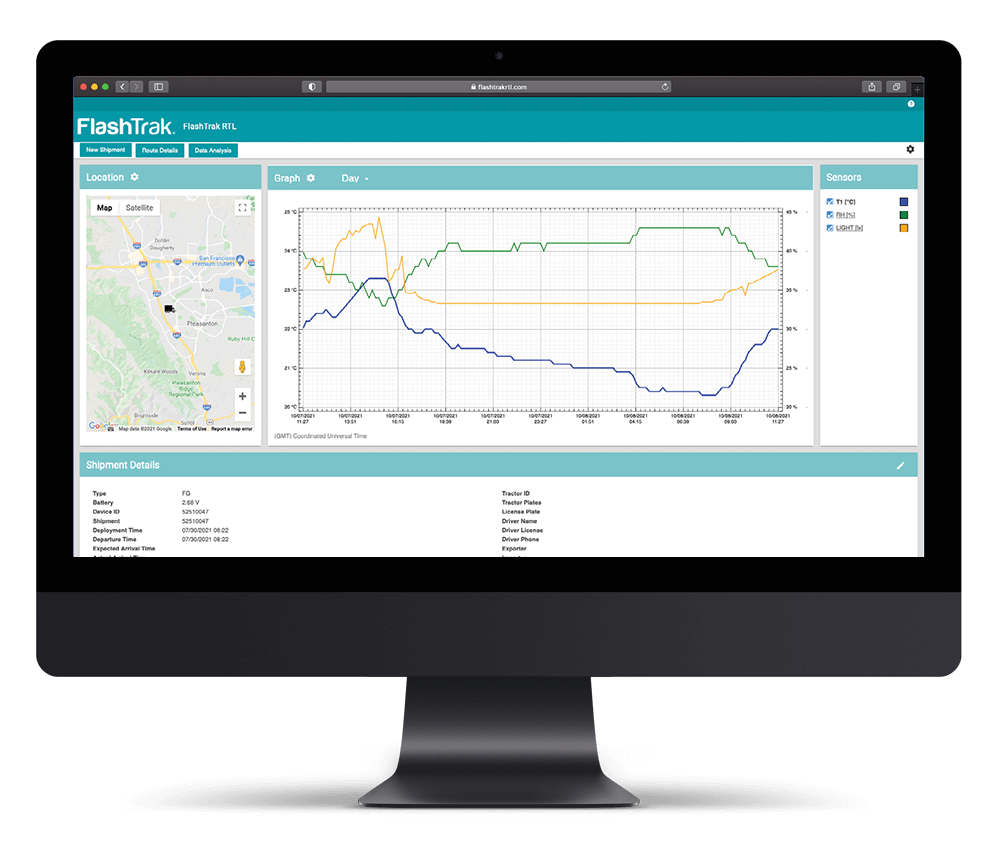
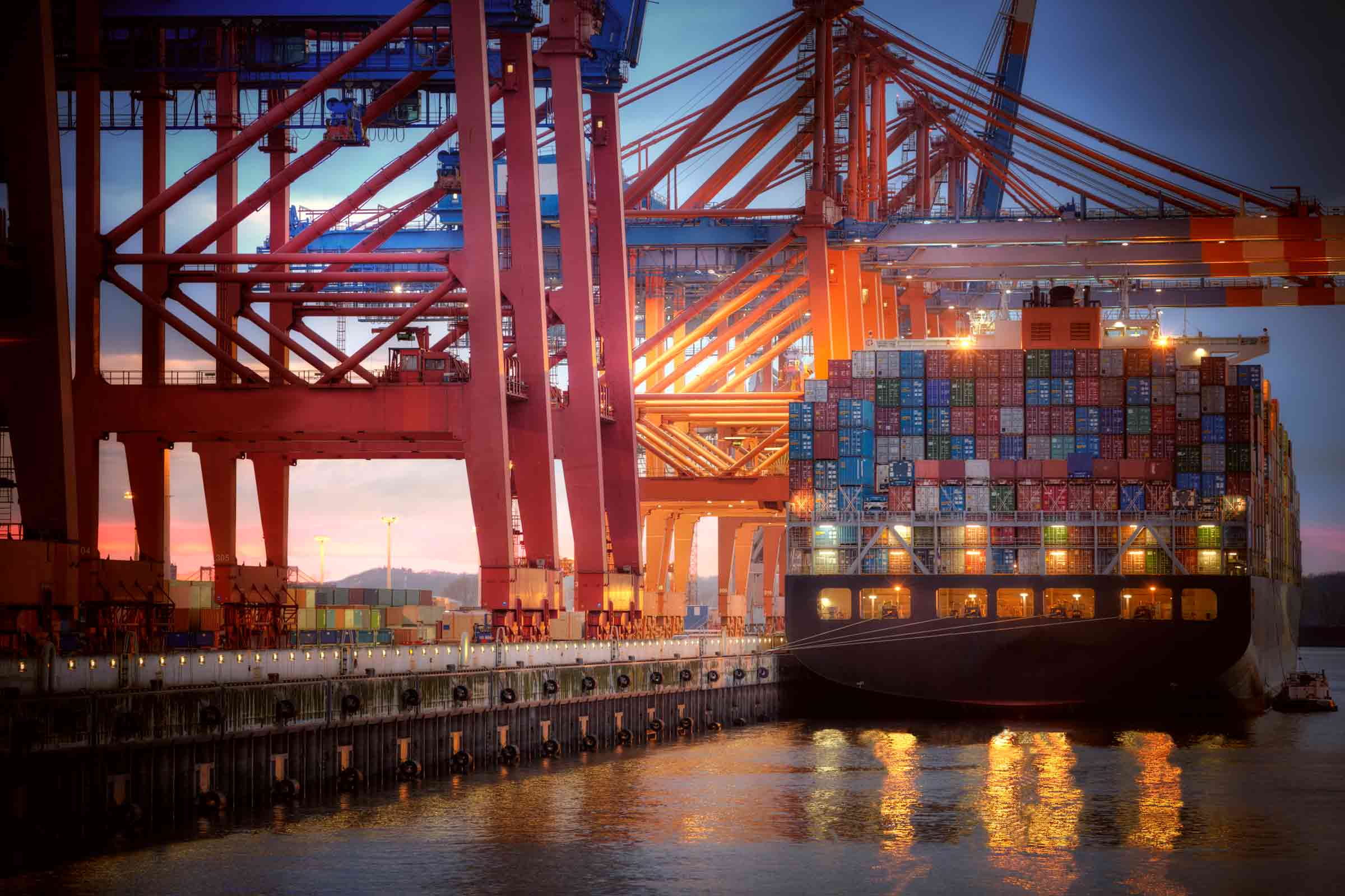


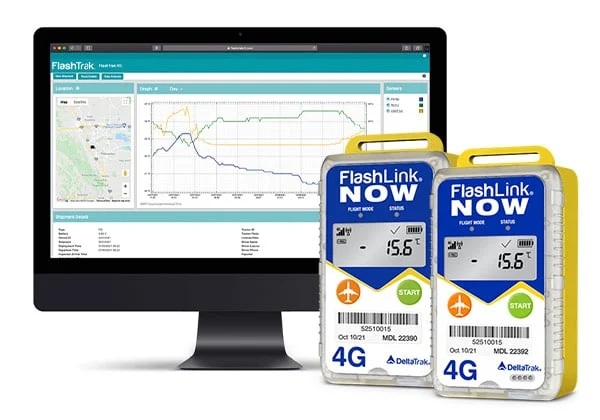


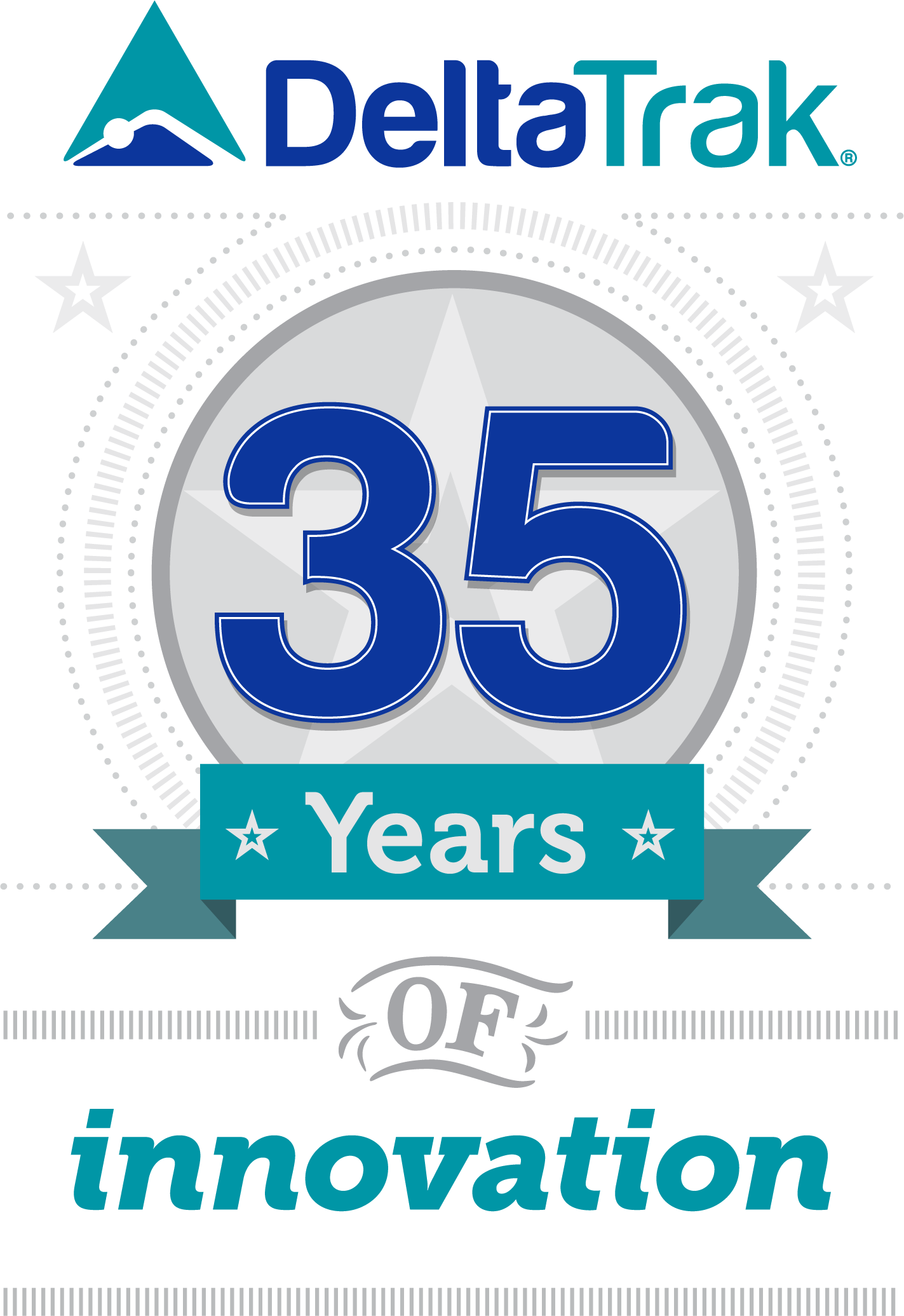

 下载
下载


